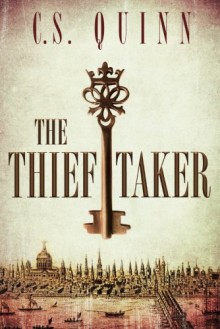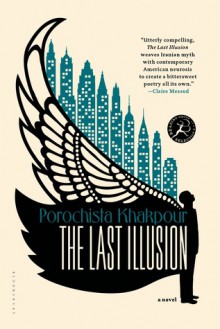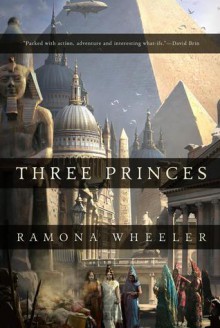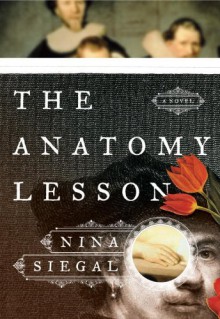
101. THE THIEF TAKER, BY C. S. QUINN
This is a bit of a mixed recommendation. The person who recommended it did so with the words “read it so we can discuss how awful it was afterwards”. It has to be said, though, that she’s a History researcher who specializes in 17th century (1600s) England.
Synopsis: Charlie Tuesday is a thief-taker, something like a 17th century private investigator. His business is dwindling with the outburst of plague that threatens to empty the entire city -- both because of people fleeing and because of people dying. A beautiful woman offers him lots of money to investigate her sister’s death, and Charlie is compelled to accept her offer, but once he sees the body he realizes the crime might have much deeper connections with his own life.
Overall enjoyment: I actually liked it, to the despair of my friend. I’m no historian (although I do appreciate well-done research) so the historical inaccuracies didn’t really bother me, I only cared about the story’s development. That is not to say it didn’t have problems; it did, and many, but for a first novel I thought it was a very good effort. I’ll definitely read the next one (I just found out today that it is a series...)
Plot: There is some nice suspense, and it mostly holds true through the end. I’d say it’s probably a lot more thriller than historical fiction. The story kept me turning pages until it was done. It could have been better foreshadowed, there were some inconsistencies, and sometimes the motivations aren’t very clear, but overall, it’s good enough.
Characters: Charlie is interesting, and nicely developed. Maria needs A LOT more work, though. And the other characters, nobility and commoners, are quite shallow and a bit stereotypical. The main problem here were the inconsistencies, but I’m hoping there will be less of those in future books.
World/setting: Here, I’m going to have to heed my friend’s words and give the book a negative mark. Apparently, the history is all over the place. And so is the geography. I always get suspicious of historical fiction books that don’t have a “historical note” in the end, detailing the author’s research, what liberties they took, what is historical fact, what was adapted, and what was downright made up. This book doesn’t have one, and, according to my friend, for good reason. Even when you don’t take history in consideration, there are still many inconsistencies: they are so afraid of the plague at first, but after a few chapters they will walk in plague-infested streets without taking any precaution, stuff like that.
Writing style: Pleasant enough, I suppose, although it could have been more fluid. One thing that really bothered me was how she built the romance between Charlie and Maria... Namely, there are several instances when Charlie smells her perfume, or her hair. Dude, you’ve been on the road for days. You haven’t bathed since. In fact, it’s the 1600s in Europe, so the both of you probably haven’t bathed in months. Are you seriously trying to tell me she smells good?
Representation: Not very good.
Political correctness: It’s kind of the standard thriller. The girl is only there to serve as support and love interest to the male character. She may be smart, but she’s also stupid enough to provide them with timely obstacles whenever the story needs it. She’s brave, but she doesn’t miss an opportunity to shake in fear and cling to him fetchingly (and give him a nice whiff of her perfume in the process). She’s so stereotyped she’s even supposed to smell good under the circumstances she’s in.
Up next: City of the Beasts, by Isabel Allende

 Log in with Facebook
Log in with Facebook 









